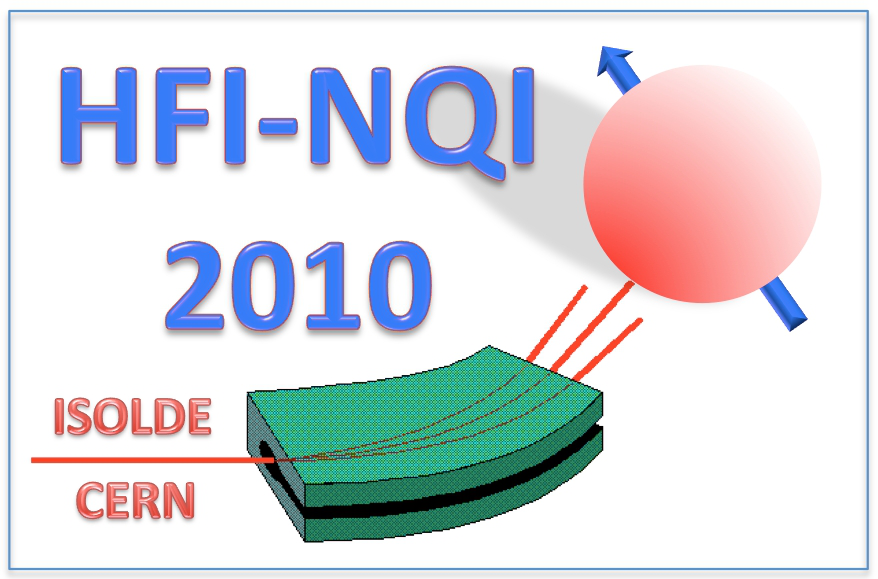Speaker
Peter Blaha
(TU Vienna)
Description
I will review briefly the underlying concepts of electronic structure calculations in solids and more specifically describe density functional theory and the APW+lo method as implemented in the WIEN2k code [1]. Special emphasis will be given to explain the calculations of isomer shifts, magnetic hyperfine fields and electric field gradients (EFG) and in particular I’ll discuss how we can interpret the results and what we can learn from a particular hyperfine parameter. For the case of several fluoro-aluminates I’ll demonstrate the strong dependency of the EFG (and even more of the asymmetry parameter on the exact atomic positions, which makes it mandatory to optimize the internal coordinates since often the experimentally determined positions are not accurate enough [2]. Mössbauer spectroscopy is also a very valuable tool to study matter under extreme conditions and recently [3] we could explain the large change of the EFG with pressure in (Mg,Fe)SiO3, a very important material in the lower mantle of the earth. Finally I’ll discuss EFGs, isomer shifts and hyperfine fields in YBaFe2O5 (Fig.1), a material which exhibits a Verwey transition between a charge-ordered and valence-mixed state [4] with temperature. During this transition the crystal structure, the magnetic order, the charge state and the hyperfine parameters change dramatically.
| Please specify whether you would prefer an oral or poster contribution. | Invited speaker |
|---|
Author
Peter Blaha
(TU Vienna)
